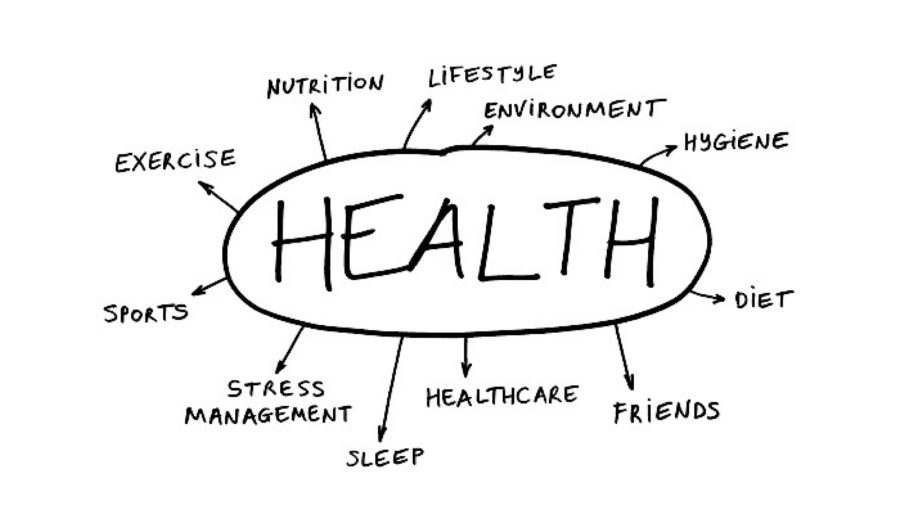Insights
Jul 31, 2018 _ insights
Creating Places of Healing
Angela Mazzi was invited to speak at the National Maternity Housing Coalition Annual Conference. The session, Creating Places of Healing, shared insights about design’s impact on trauma informed care spaces. Here’s some of what Angela had to say:
“Trauma informed care is therapy specifically intended to help people who have experienced physical, mental or emotional abuse, poverty, or instability. Their ability to process more complex thoughts, learn, or solve problems, is diminished. They’re in a state of shock. They need to feel safe and have basic physical needs met before working on anything else.
The built environment can play a major role in helping to evoke and maintain a calm state of mind, using an approach called salutogenesis. It’s a funny word with a simple concept: to generate health. I’ve used neurological, physiological, and sociological studies to define five salutogenic concepts that can impact the design of trauma informed care spaces:
Biophilia: As humans, we subconsciously seek ways to connect to nature. Having access to outdoor space like gardens and walking paths, or caring for plants can be an important therapy tool. Using appropriate color palettes, daylight, and art are all ways to connect to nature indoors.
Self-efficacy: Feeling empowered — like you are in control and can handle things, and have the resources to be able to figure things out— is calming. There’s an opportunity in institutional settings to help clients feel that staff is a trusted confidant or a teacher rather than a judge. Removing barriers to staff and avoiding furniture arrangements that communicate staff power or authority help build trust. Good wayfinding contributes to feeling confident. The ability to personalize space helps cultivate a strong sense of personal identity.
Prospect and refuge: This is the ability to survey your surroundings from a safe space. People who experience trauma don’t feel safe. Giving them the ability to occupy the edges of a space— in a chair or bench against the wall—so they can see the entire room and choose how much or if they interact— is one way to make them feel safe. When people feel safe, they’re more likely to take a risk, like reaching out for help. Spaces should also allow staff to keep an eye on what’s going on without it seeming like surveillance.
Sense of Coherence: We make sense of new environments by comparing them to ones we know, good or bad. There are a lot of negative associations about institutional settings that good design can overcome. A mood or atmosphere that is both unexpected and has positive associations, can be created through color, lighting, finishes, furniture, and how you group furniture. By thinking about the type of experience you want to evoke, design choices can deliberately set a different emotional tone.
Relaxation response: Trauma informed care involves teaching relaxation techniques. What the environment can do is give positive distractions. Things with an appropriate level of complexity so your mind can think about and process it so you’re not on stress overdrive. A piece of art, a sand Zen garden— you have to think to engage with them, but it’s not mentally taxing. They’re focal points. It makes you stop and think. Just doing that, helps calm you down and reframe your thoughts.”
At GBBN, designing the architectural experience is rooted in empathy. Learn more about Angela’s unique approach to crafting empathetic environments that promote wellness here.




